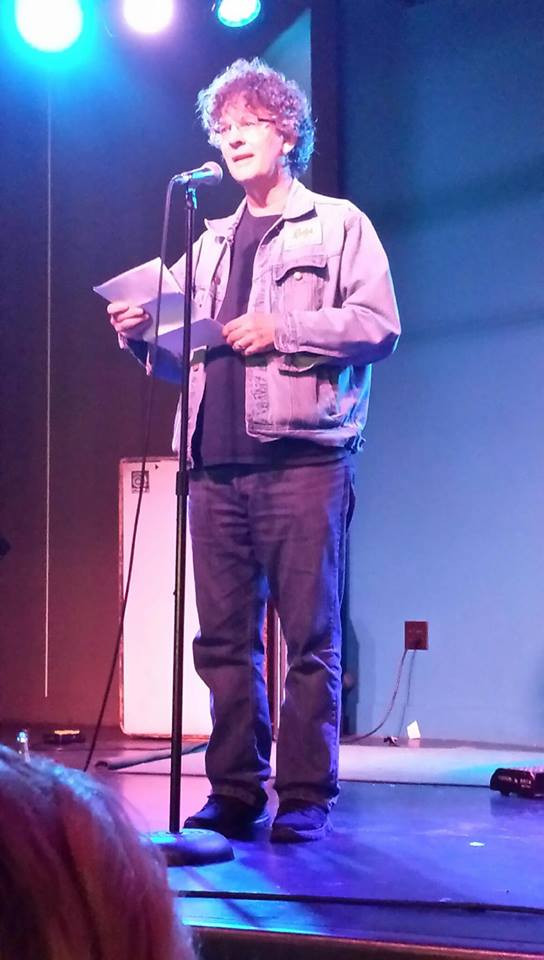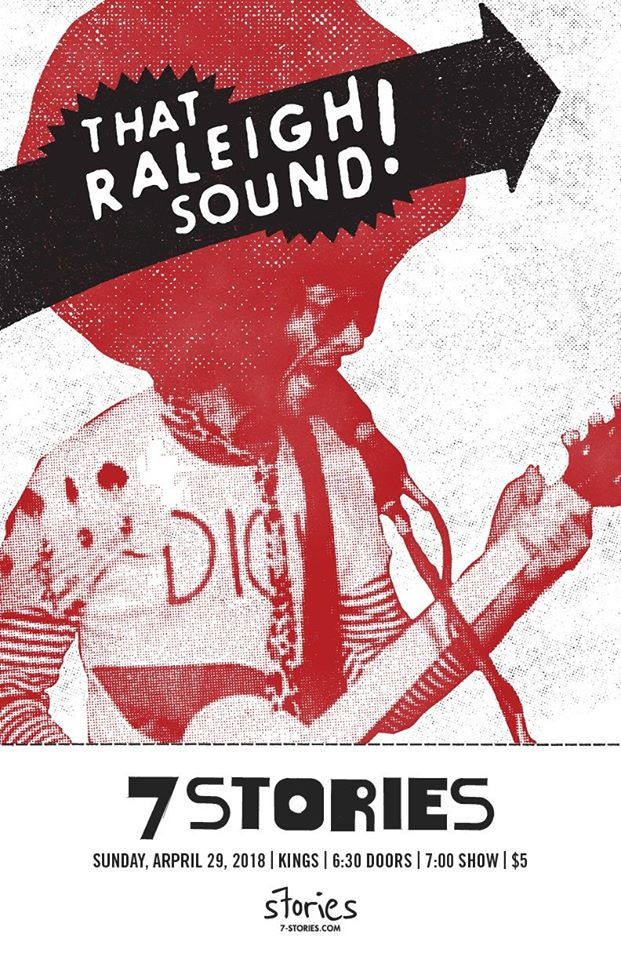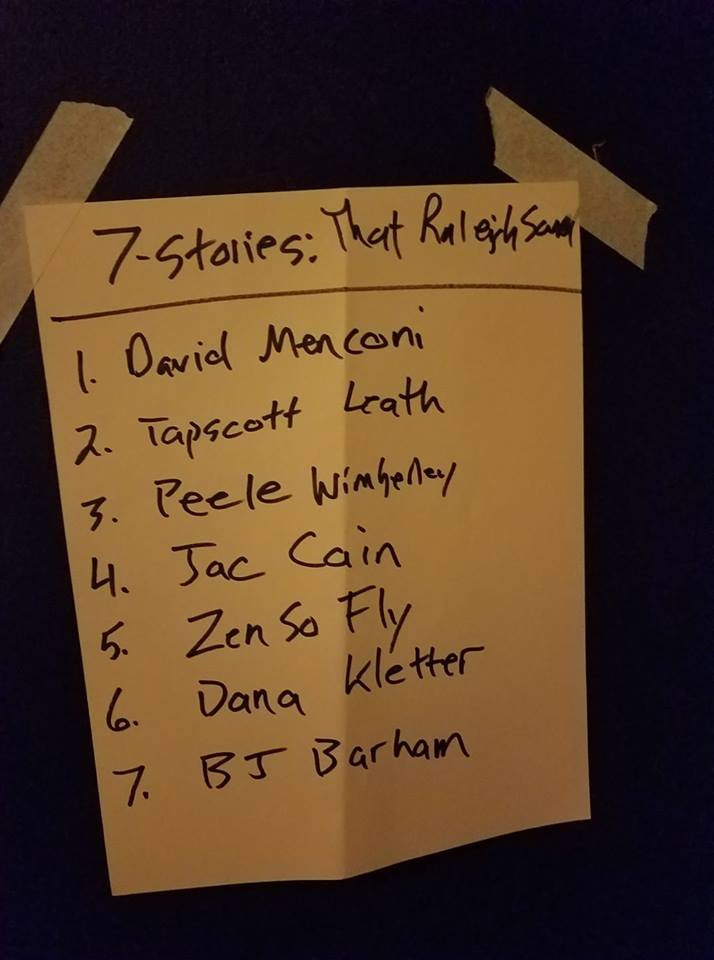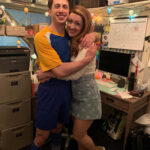Raleigh, North Carolina, boasts a vibrant and evolving nightlife scene. For those searching for the best “Dance Clubs Raleigh Nc” has to offer today, it’s worth taking a moment to remember the iconic venues that paved the way. While the landscape of Raleigh’s music and dance scene is constantly changing, the echoes of legendary clubs past still resonate. This reflection is inspired by the spirit of places like The Brewery, a venue that many consider to be the heart of Raleigh’s live music history and a place where countless nights of music and dance unfolded.
The Brewery, a name synonymous with Raleigh’s music scene, was sadly demolished in 2011, making way for modern development. For many, including myself, it remains the quintessential Raleigh music club. This sentiment isn’t just nostalgia; it’s a recognition of the vital role such venues play in shaping a city’s cultural identity. Thinking about The Brewery and other vanished Raleigh hotspots evokes a sense of time passing and the ever-changing nature of urban life.
This reflection on Raleigh’s nightlife history was initially shared as part of the “7 Stories” spoken-word series at Kings nightclub in Raleigh. It’s a journey back in time, exploring the spaces that once pulsed with music and energy, spaces that defined Raleigh’s nightlife well before today’s search for “dance clubs raleigh nc” became common.
Gone But Not Forgotten: Raleigh’s Legendary Music and Dance Spots
(With a nod to Tommy Keene)
 David Menconi at 7 Stories Raleigh
David Menconi at 7 Stories Raleigh
My name is David Menconi, and for over 27 years, I chronicled the Raleigh scene for the News & Observer. Recently, the newspaper itself moved locations, a change that mirrors the transformations Raleigh has undergone, especially in its entertainment districts. Even Kings, the venue hosting “7 Stories,” has a history of relocation, its original location having a different vibe than its current, improved space. This transience sparked a deeper reflection on the many Raleigh music and dance venues that are no longer with us, places that were integral to the city’s nightlife fabric.
Before Kings settled into its current, excellent location, it existed down the block from the old News & Observer building. That original Kings, despite its less-than-perfect layout, was a vital hub for indie rock and emerging artists. It was there I first witnessed bands like the Avett Brothers and Little Brother, and even early performances by Bon Iver and Megafaun (then known as DeYarmond Edison). Standing now where the old Kings once was, a grassy patch beside Poole’s Diner, prompts a wave of memories of other Raleigh music spots that have vanished amid the city’s rapid growth.
Arriving in Raleigh in 1991, I was too late for the Cameron Village Underground and iconic nightclubs like The Pier, which had closed earlier. However, Cameron Village still housed a Record Bar, a reminder of a bygone era of physical music stores. Yet, my preferred record store was The Record Hole on Hillsborough Street, near NC State University and across from The Brewery. Run by the memorable John Swain, The Record Hole was more than just a store; it was a personality. John, initially gruff, became a source of musical gems once you earned his respect. Sadly, his untimely passing also marked the end of The Record Hole.
 7 Stories Raleigh poster
7 Stories Raleigh poster
Downtown Raleigh also held its share of underground music scenes. The Fallout Shelter, located on West Street, was a subterranean venue known for hosting diverse acts and memorable events. It even played host to a significant music industry bidding war in 1993 for the local band Motorola. While the band’s later success as Motocaster didn’t match the initial hype, The Fallout Shelter remained a key spot until its closure a few years later.
In the mid-1990s, the Lincoln Theatre, now a well-established Raleigh venue, operated as Gillie’s. My main memory of Gillie’s is its distinctive bar seating – swings hanging from the ceiling, a unique but perhaps precarious feature for a late-night club. The Pour House, still a thriving venue today, was known as The Grove back then, showcasing the evolution of Raleigh’s live music spaces.
For R&B and soul, The Vibe was the place to be. Located upstairs on E. Hargett Street, The Vibe was Raleigh’s premier R&B club in the downtown area. In a surprising local connection, Terminator X of Public Enemy, who had relocated to nearby Dunn, would often DJ and socialize at The Vibe. The club’s owner, Greg Dent, also ran The Zoo previously, another Raleigh venue with a notable history, having hosted a young Christopher Wallace, later known as Notorious B.I.G.
 7 Stories Raleigh lineup
7 Stories Raleigh lineup
The Berkeley Cafe on Martin Street endures, though its original music hall is now Capitol Smokes. However, the Berkeley’s back patio still hosts bands, serving as a tribute to Sadlack’s Heroes, a beloved beer joint on Hillsborough Street for decades. Sadlack’s was a musician’s haven and the birthplace of Ryan Adams’ band Whiskeytown. Hillsborough Street itself has transformed significantly since the early 90s, with landmarks like the Rathskeller, Western Lanes, Velvet Cloak, and even the IHOP all now gone. Logan Court, known as “Faithless Street,” has also been demolished, marking the disappearance of familiar Raleigh spots.
Yet, among all these vanished places, The Brewery remains the most vivid in my memory. Situated at the west end of Hillsborough Street, The Brewery closed in 2011 to make way for the Stanhope student housing complex. Back in 1990, when I interviewed for my job in Raleigh, The Brewery was the first venue I experienced here, seeing Rev. Billy C. Wirtz perform. Despite its lack of frills, The Brewery became my regular haunt, especially during the years I lived nearby.
The Brewery hosted a wide range of acts, from local favorites to nationally known bands. Blind Melon, before their breakthrough, played a month-long residency at The Brewery in the summer of 1992. The Cranberries also played there for a small crowd just before their MTV fame exploded. Paul Westerberg, Stereolab, Don Dixon, COC, Flat Duo Jets, and countless others graced its stage. The Brewery even featured in the movie “Bandwagon,” further cementing its place in Raleigh’s cultural history.
In the latter half of the 90s, The Brewery became a hub for alternative country music, often called the CBGBs of the genre. Local bands like the Backsliders, who recorded a live album there titled From Raleigh, North Carolina, Whiskeytown, 6 String Drag, Pine State, and $2 Pistols frequented The Brewery. Tres Chicas, a band with its own Brewery origin story (formed in the women’s bathroom, as legend has it), also emerged from this scene.
The breezeway connecting The Brewery and the Comet Lounge next door was a crucial social space, especially during events like SPITTLEFEST, a celebration of twangy music and Southern culture. The potlucks in that breezeway, the smell of barbecue, the camaraderie – these are sensory memories deeply tied to The Brewery experience.
Remembering the Rhythm of Raleigh Nights
While the search for “dance clubs raleigh nc” today might lead to different venues, understanding the history of Raleigh’s nightlife is essential. Places like The Brewery and the many others mentioned weren’t just buildings; they were incubators for music, culture, and community. They were the dance floors of their time, even if not explicitly labeled “dance clubs.” They fostered connections and created the vibrant artistic environment that Raleigh continues to build upon. Though these legendary spots are gone, their impact on Raleigh’s nightlife and music scene remains, influencing the rhythm of Raleigh nights for years to come.

